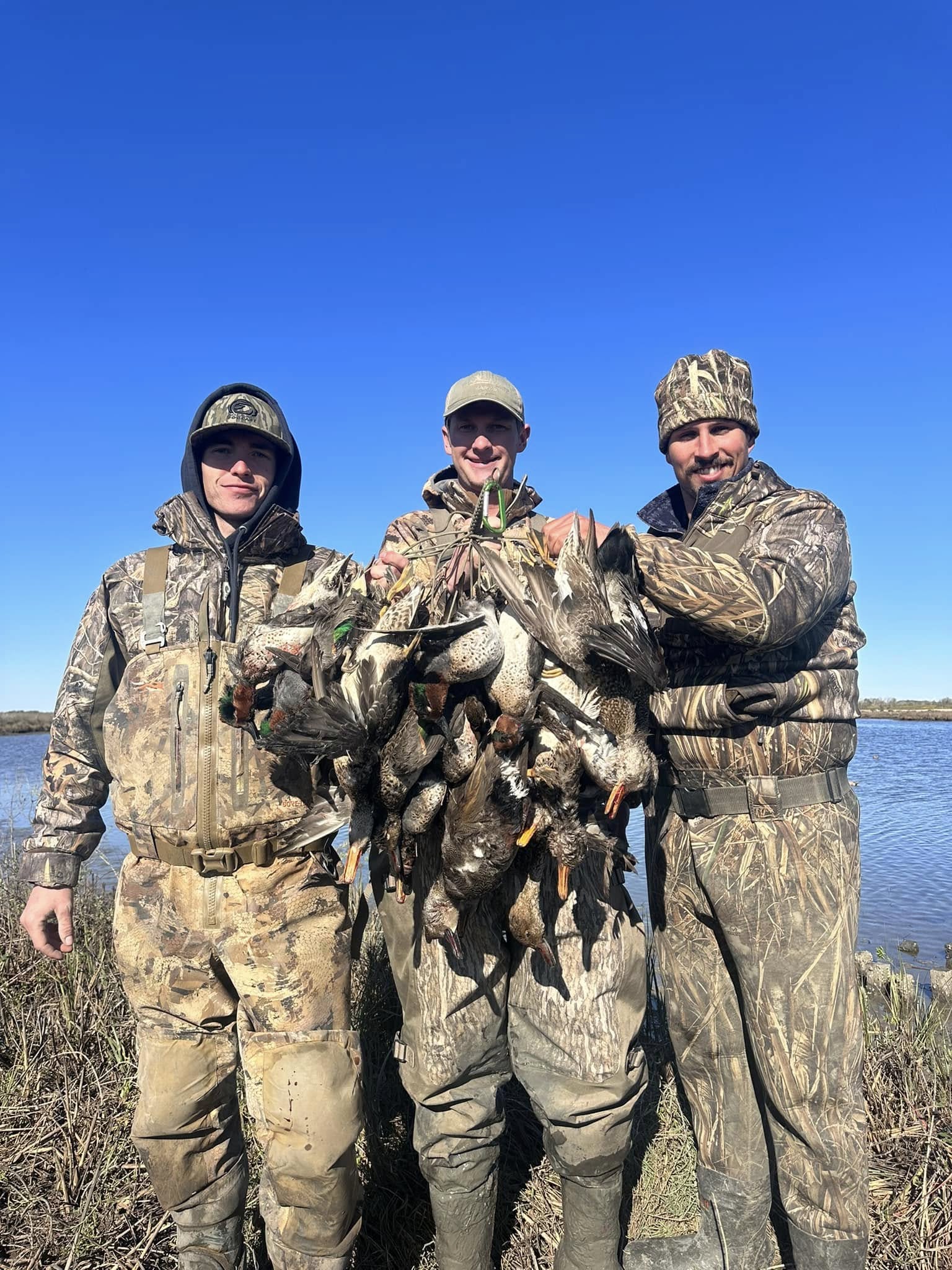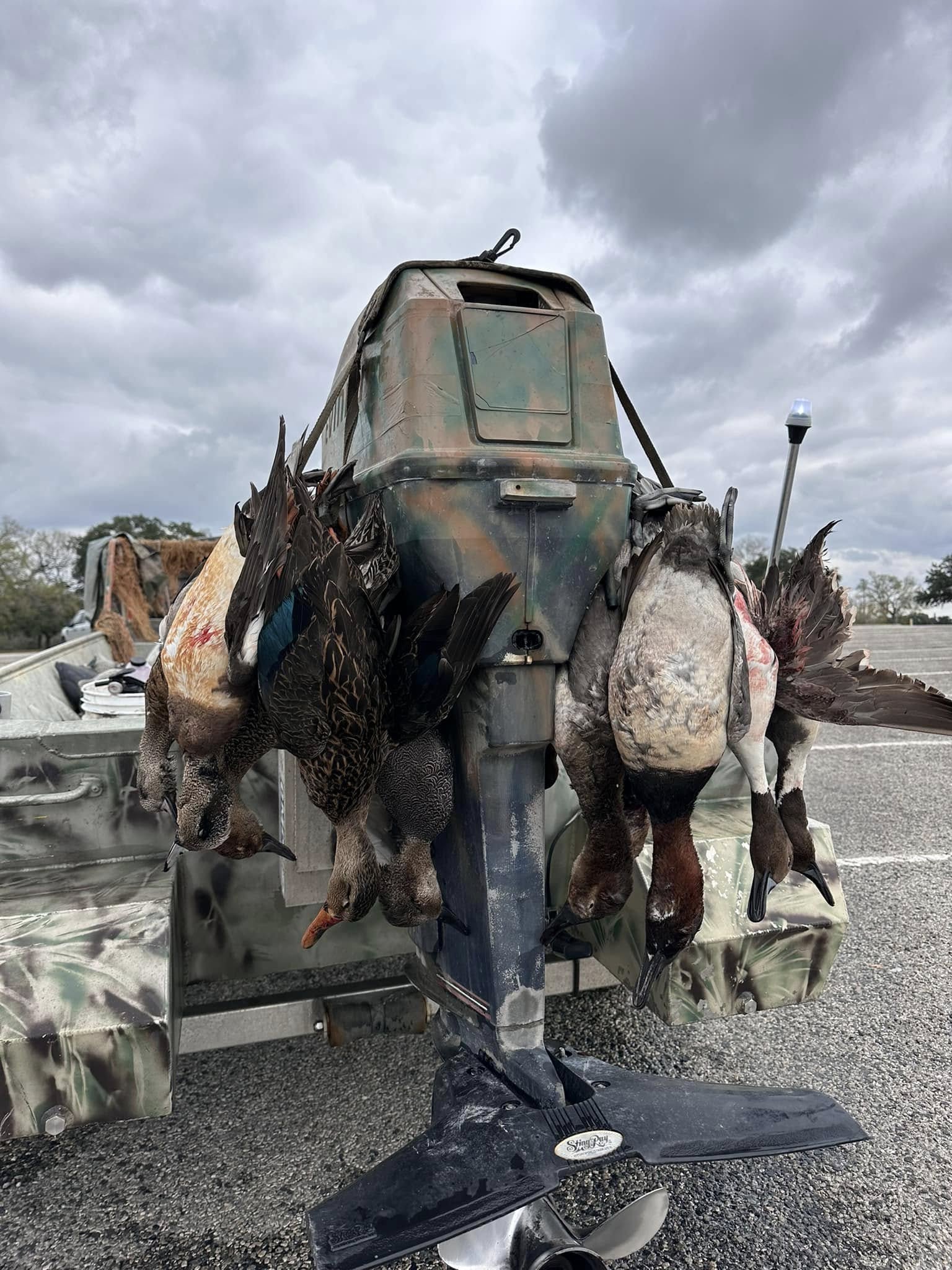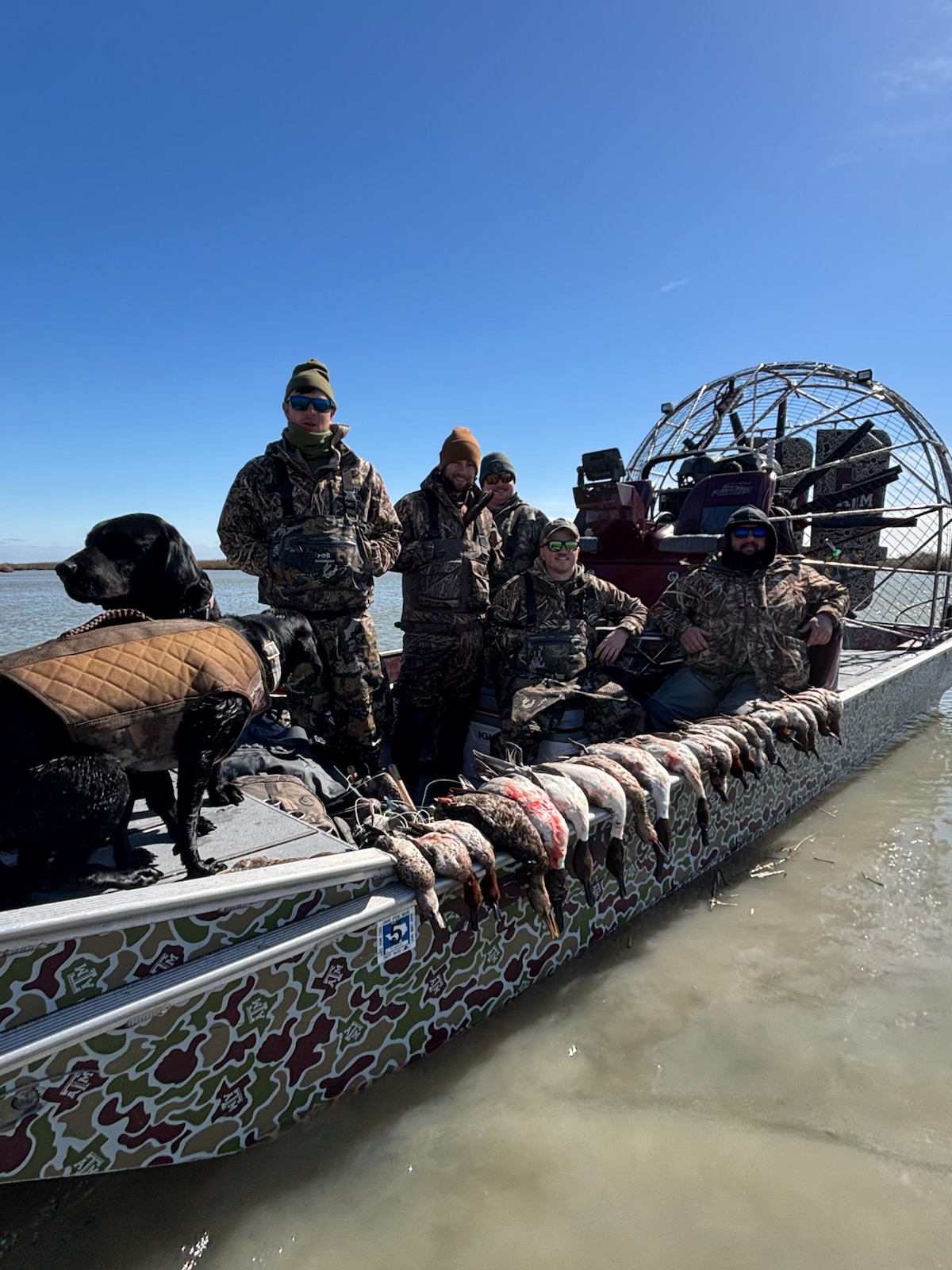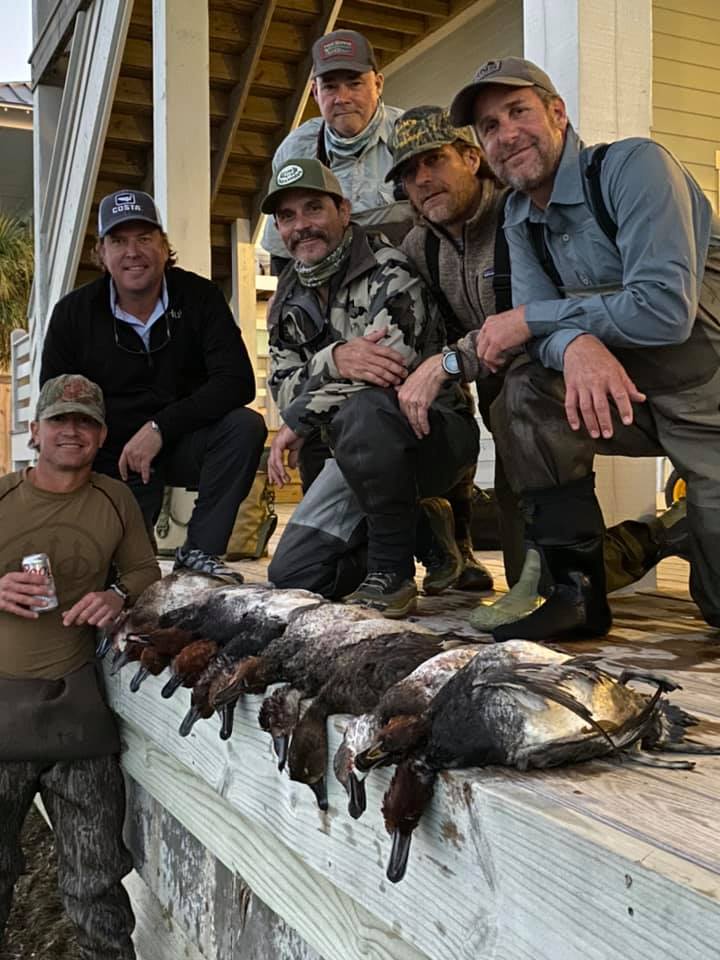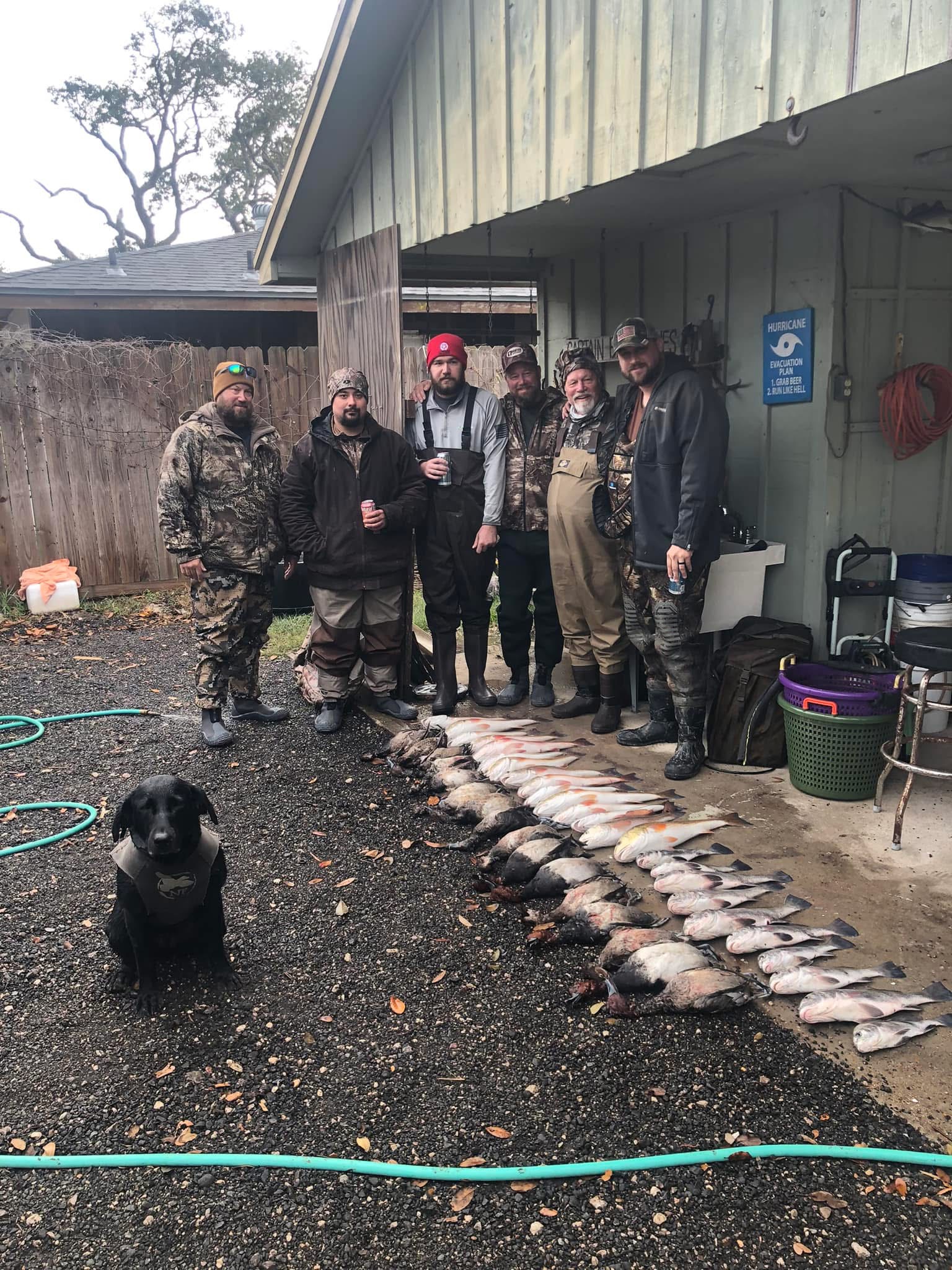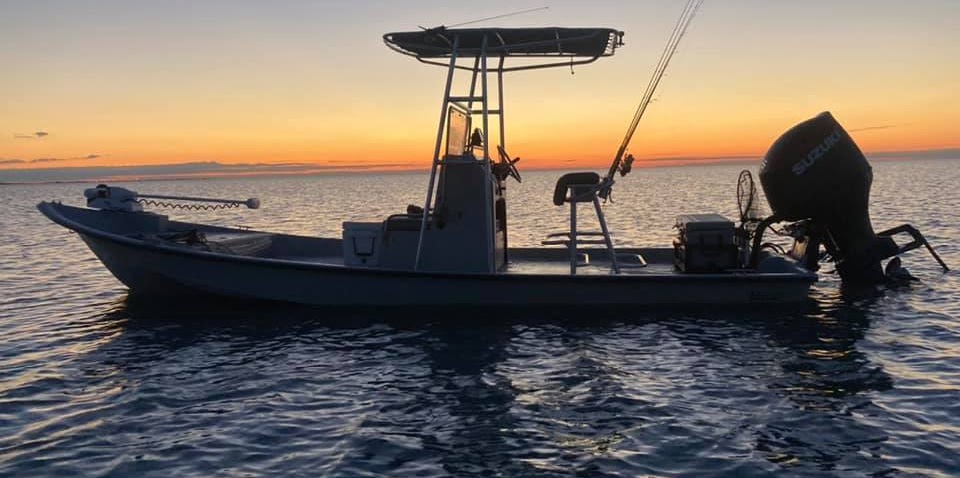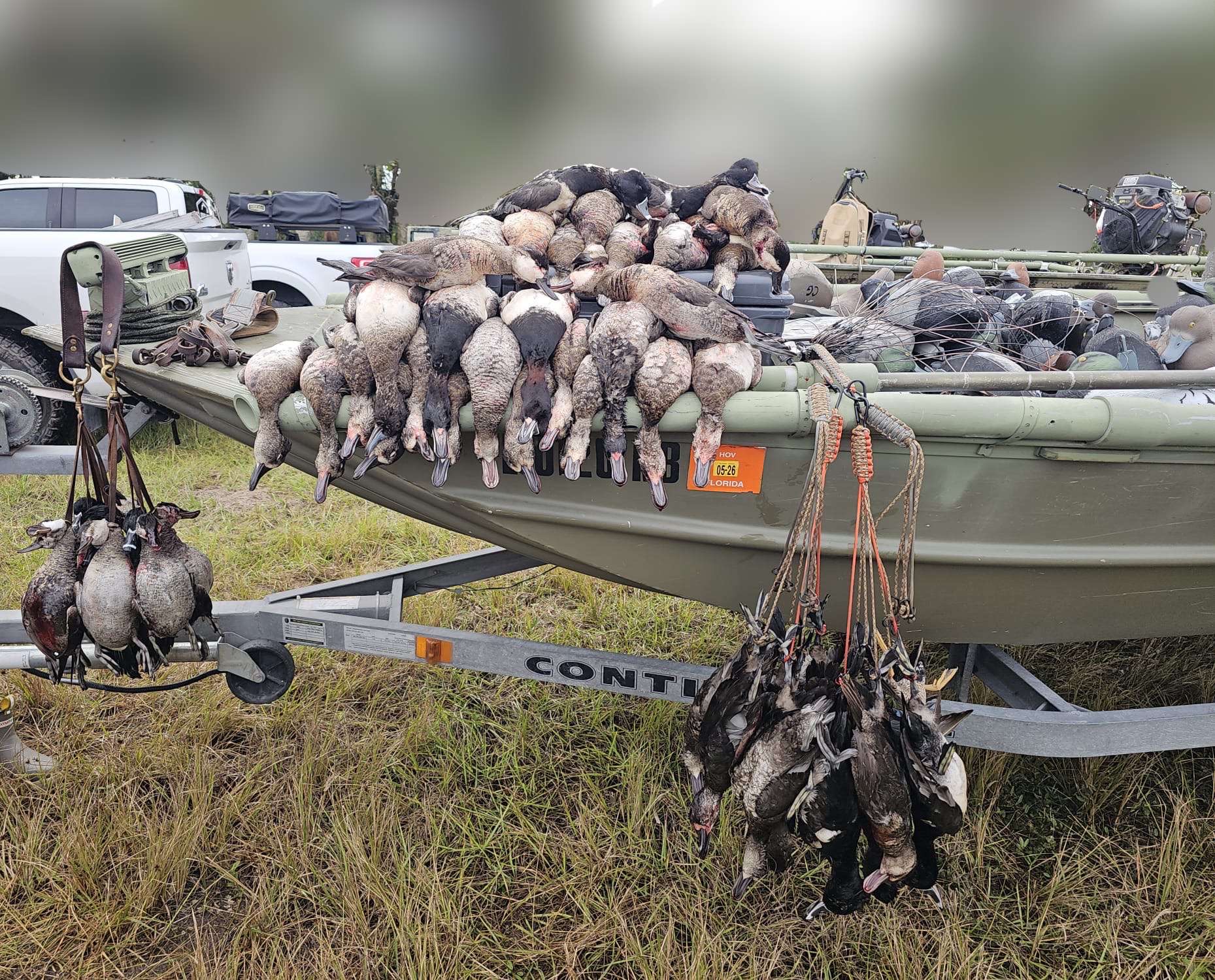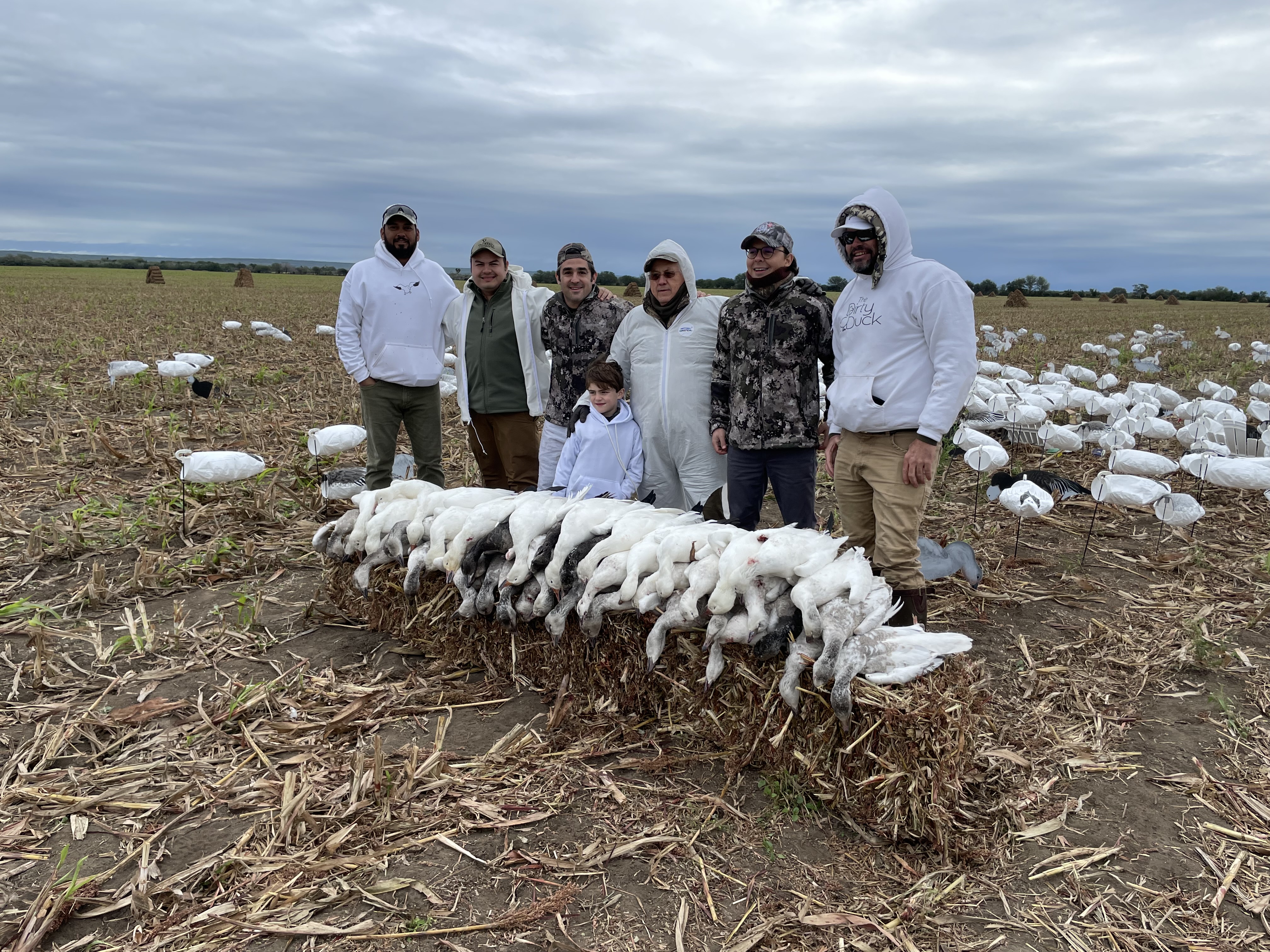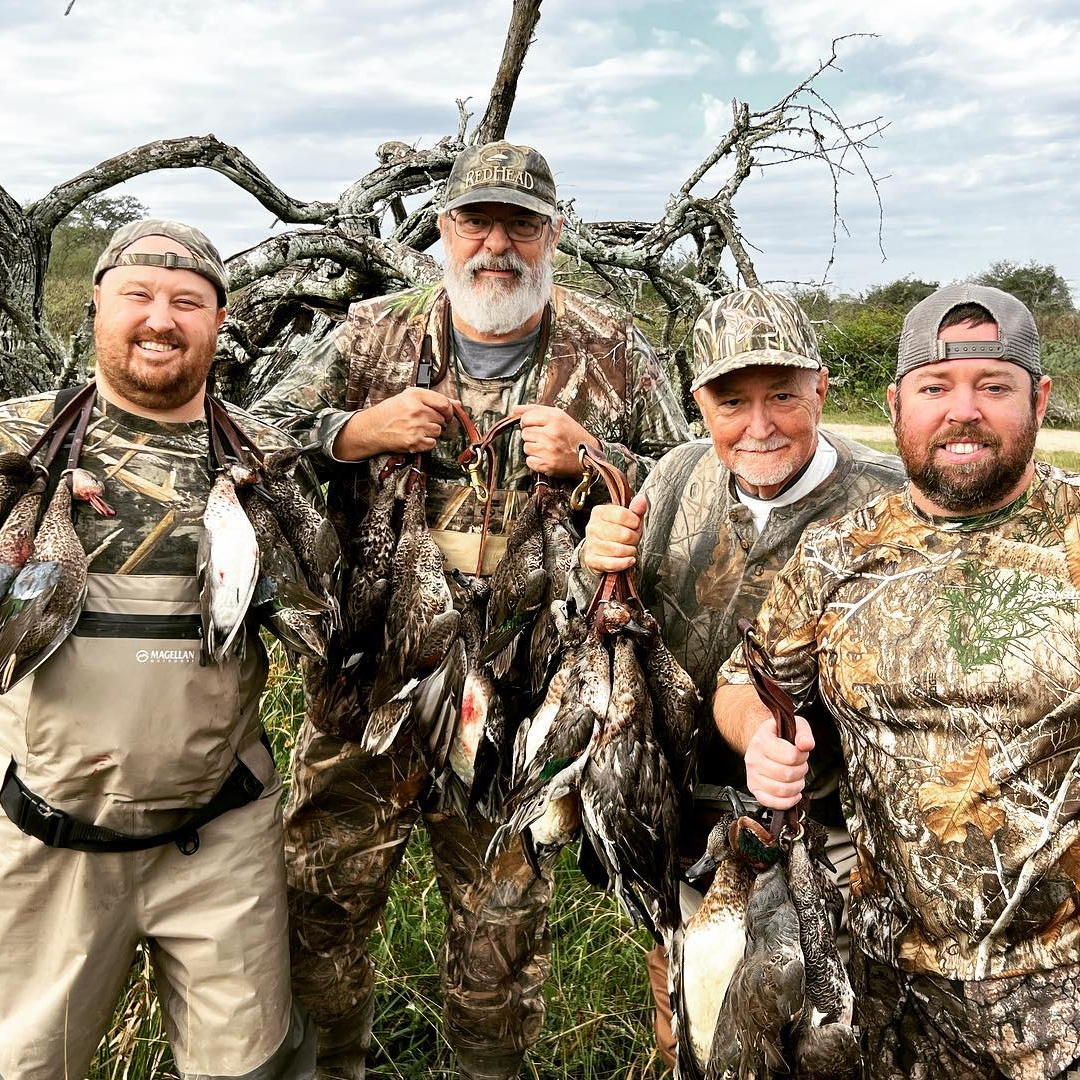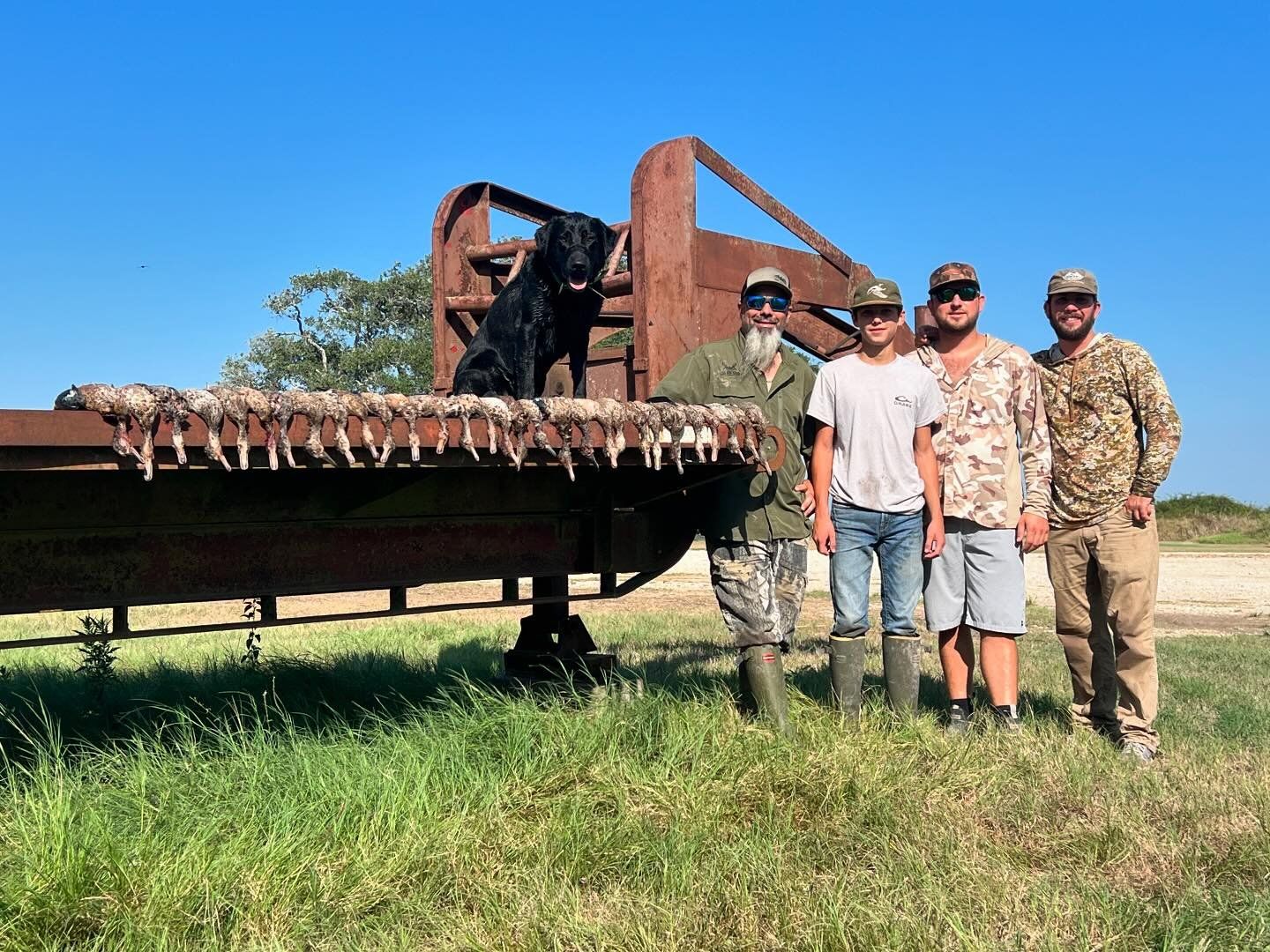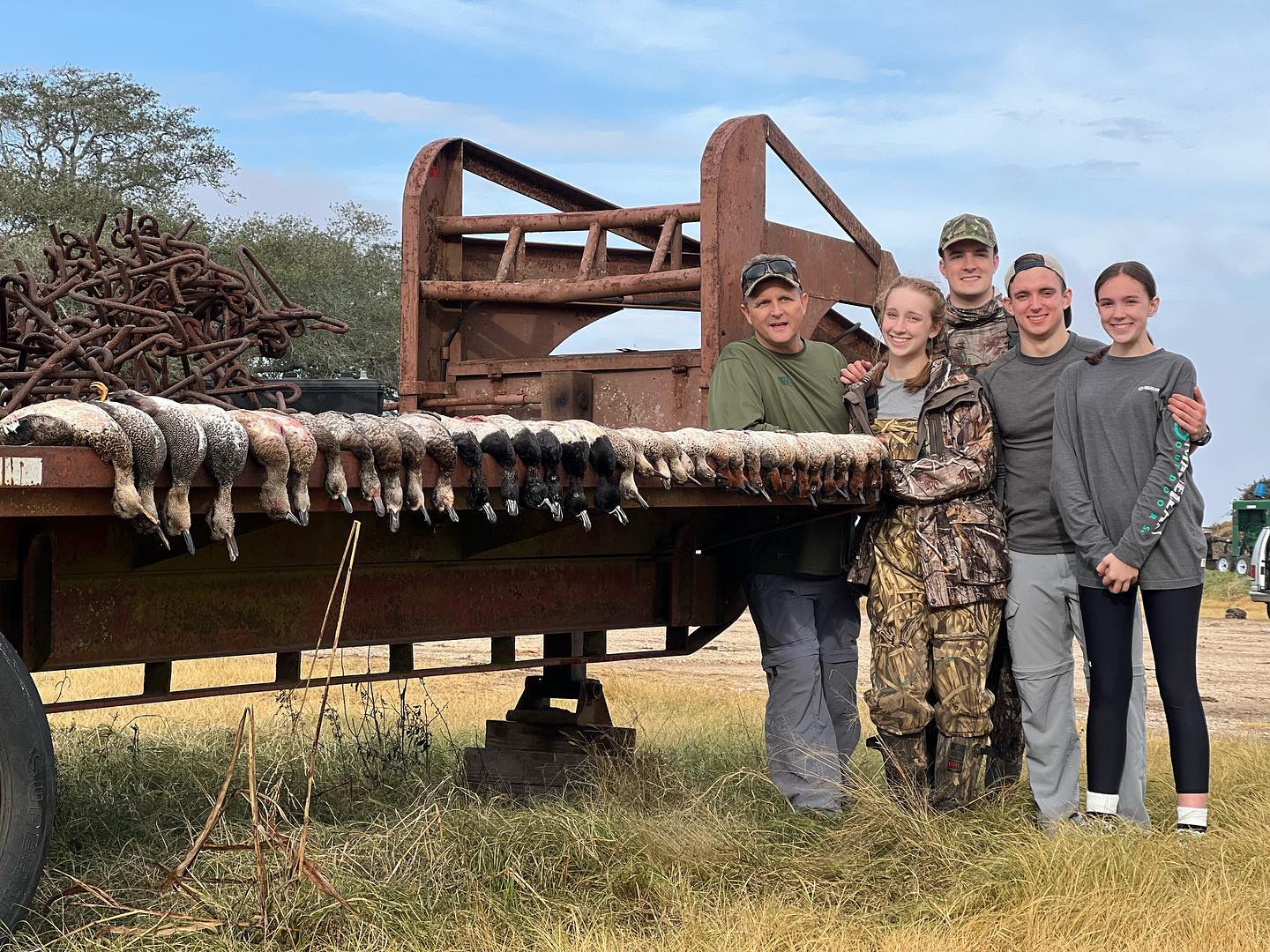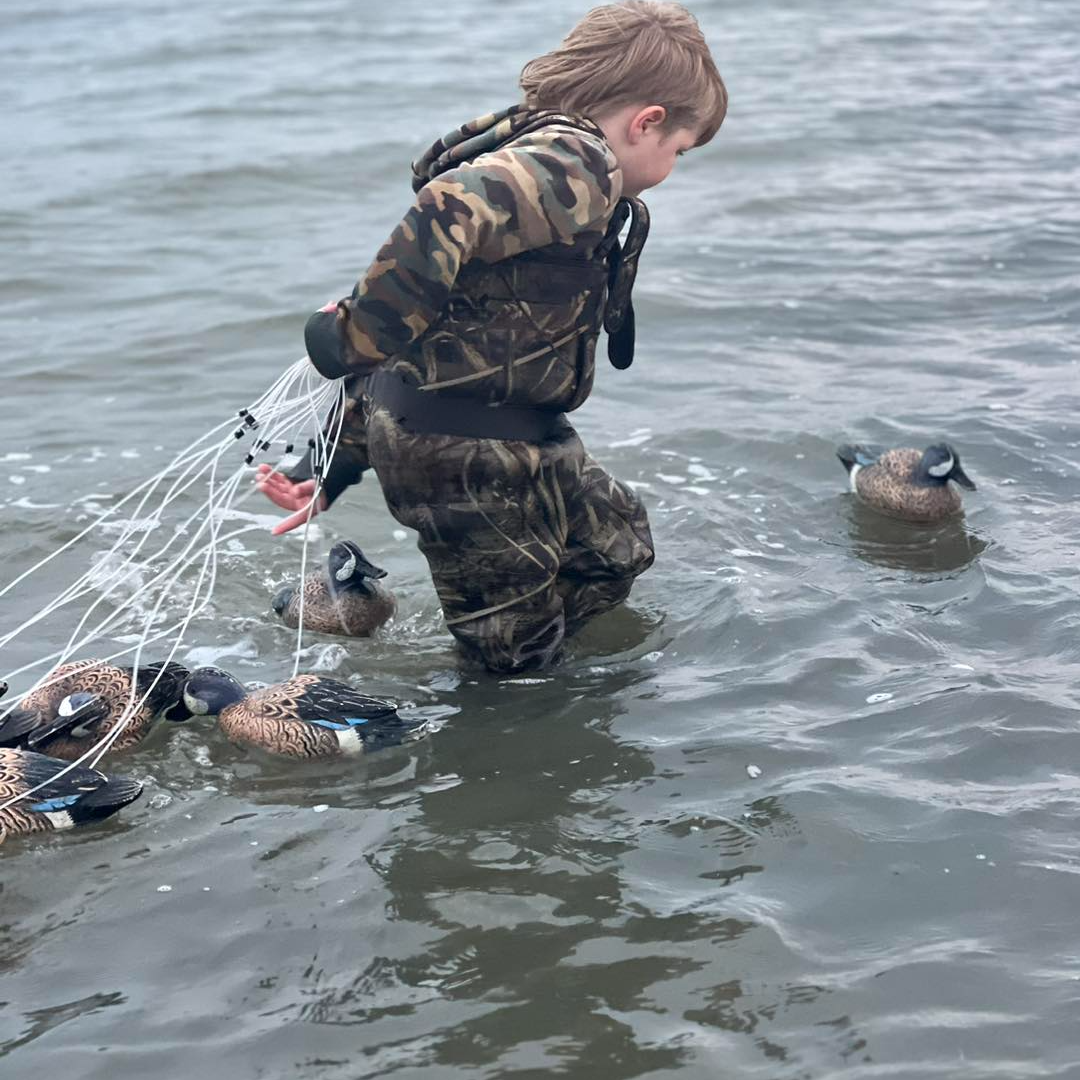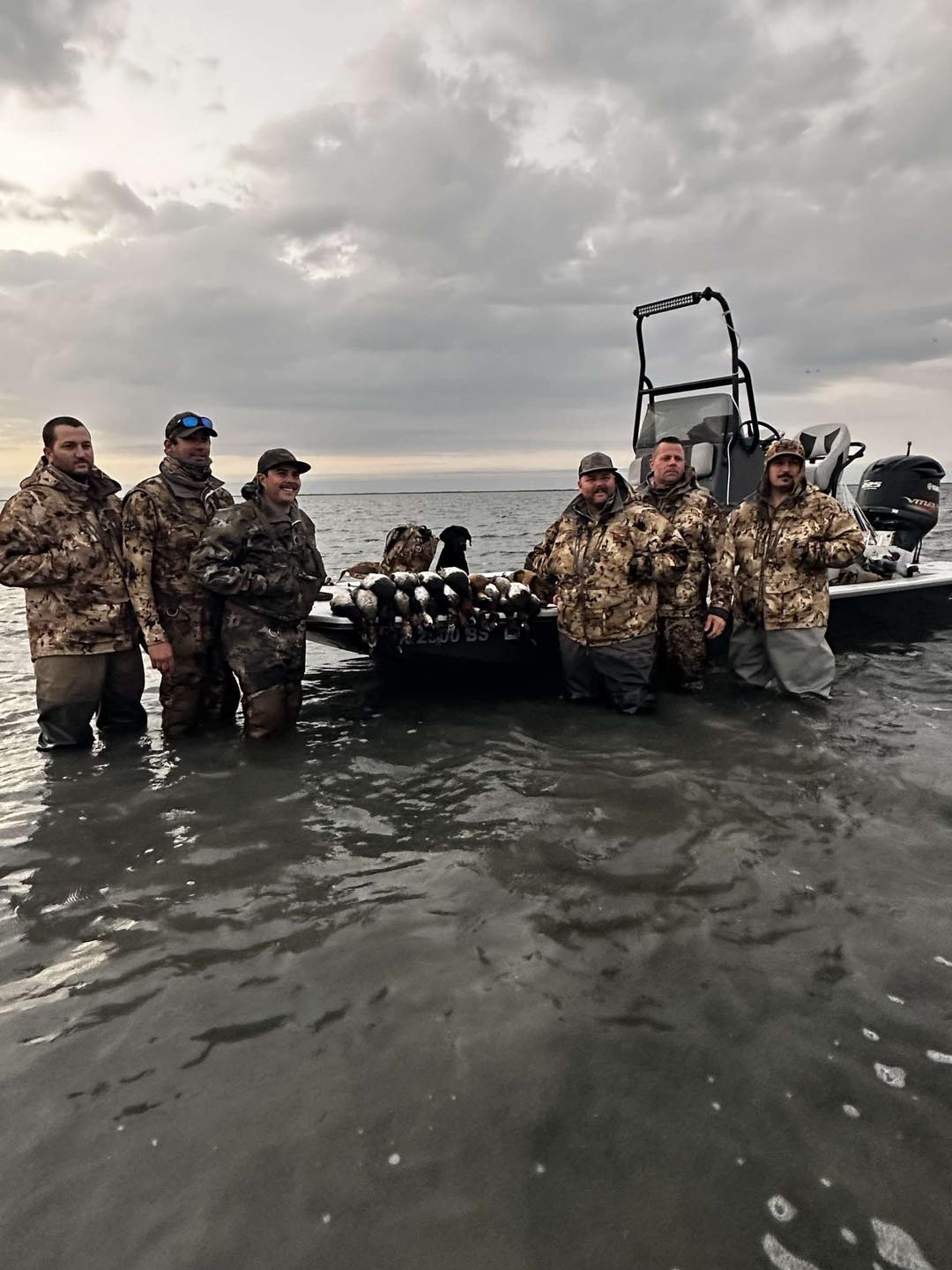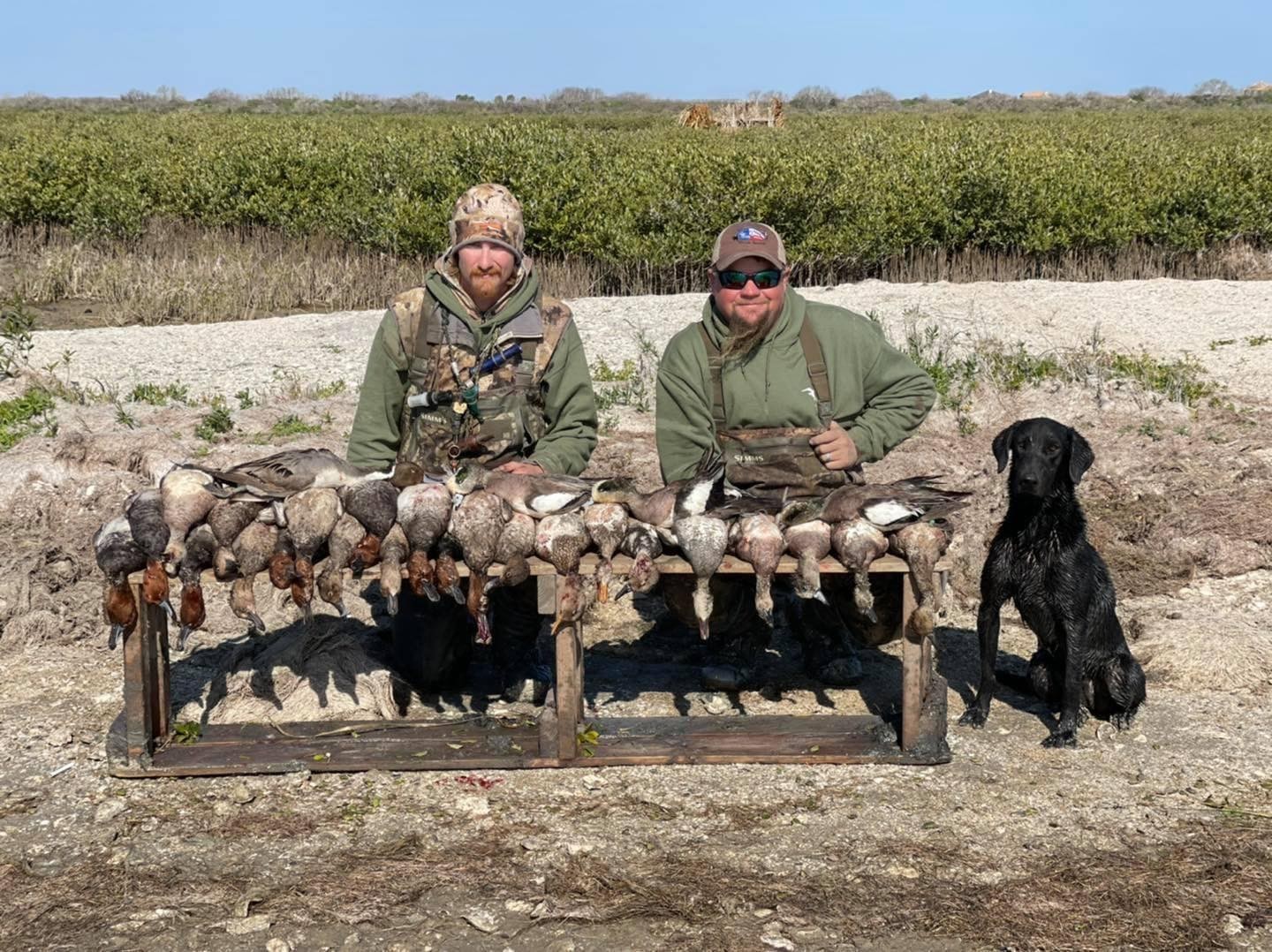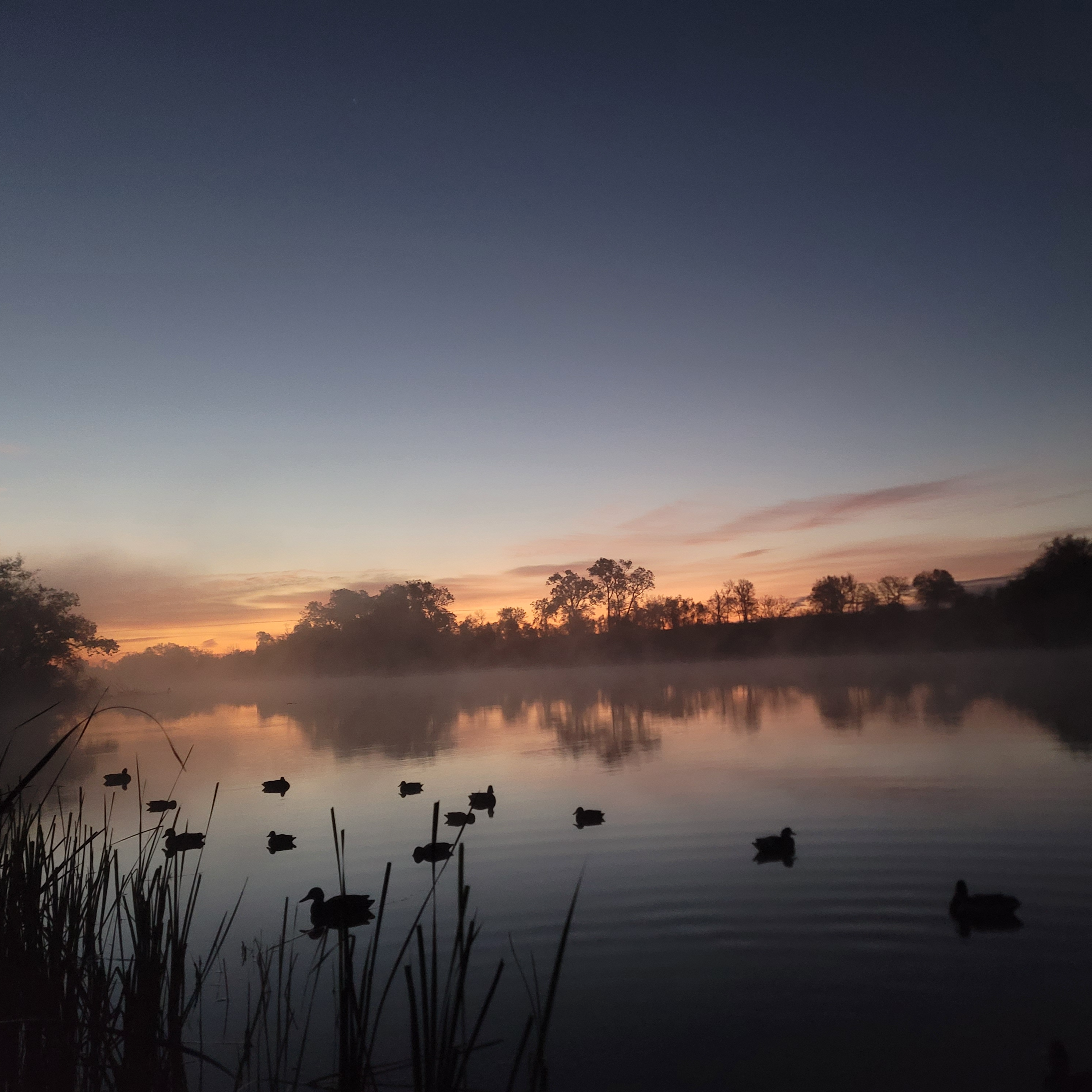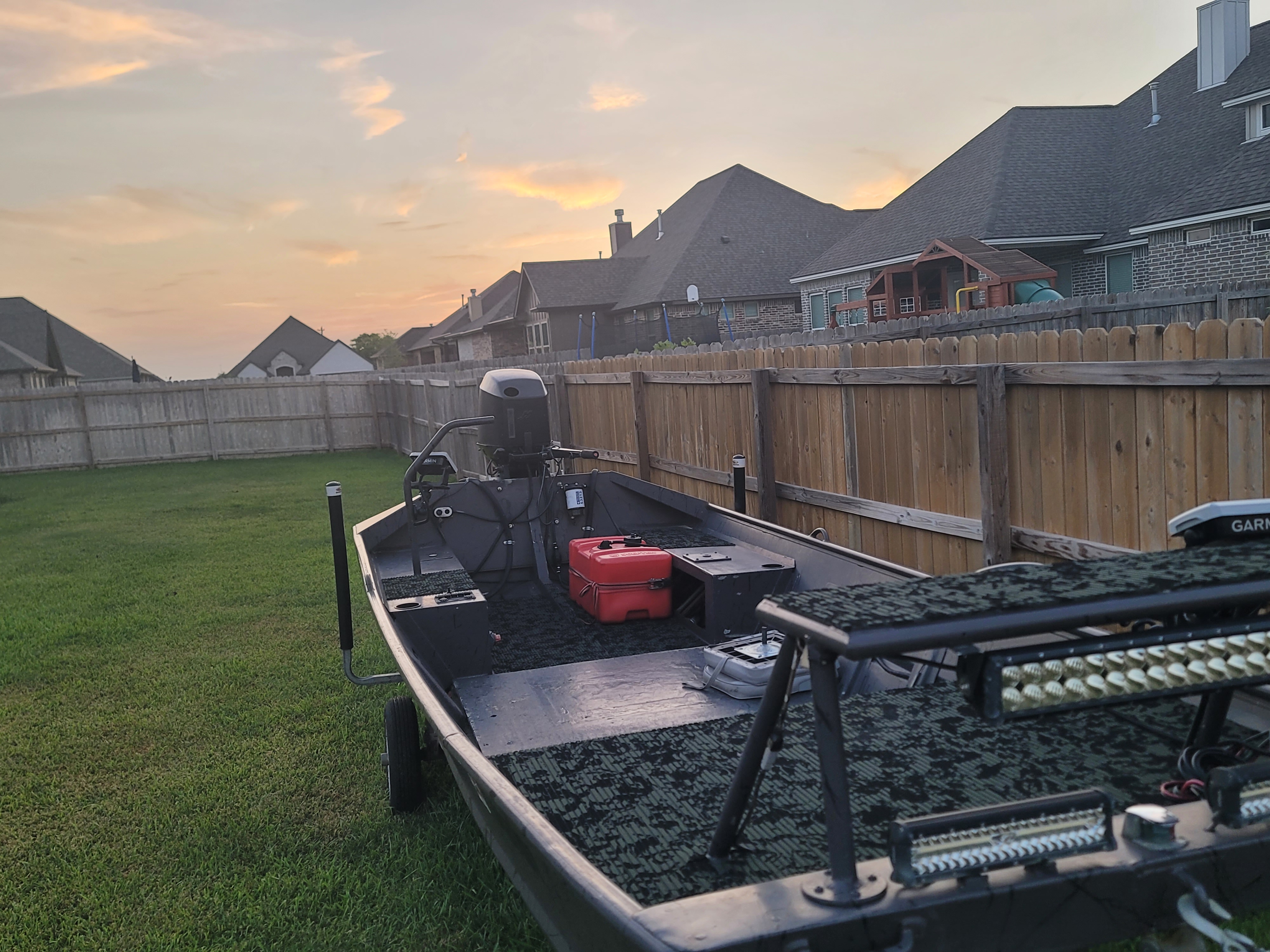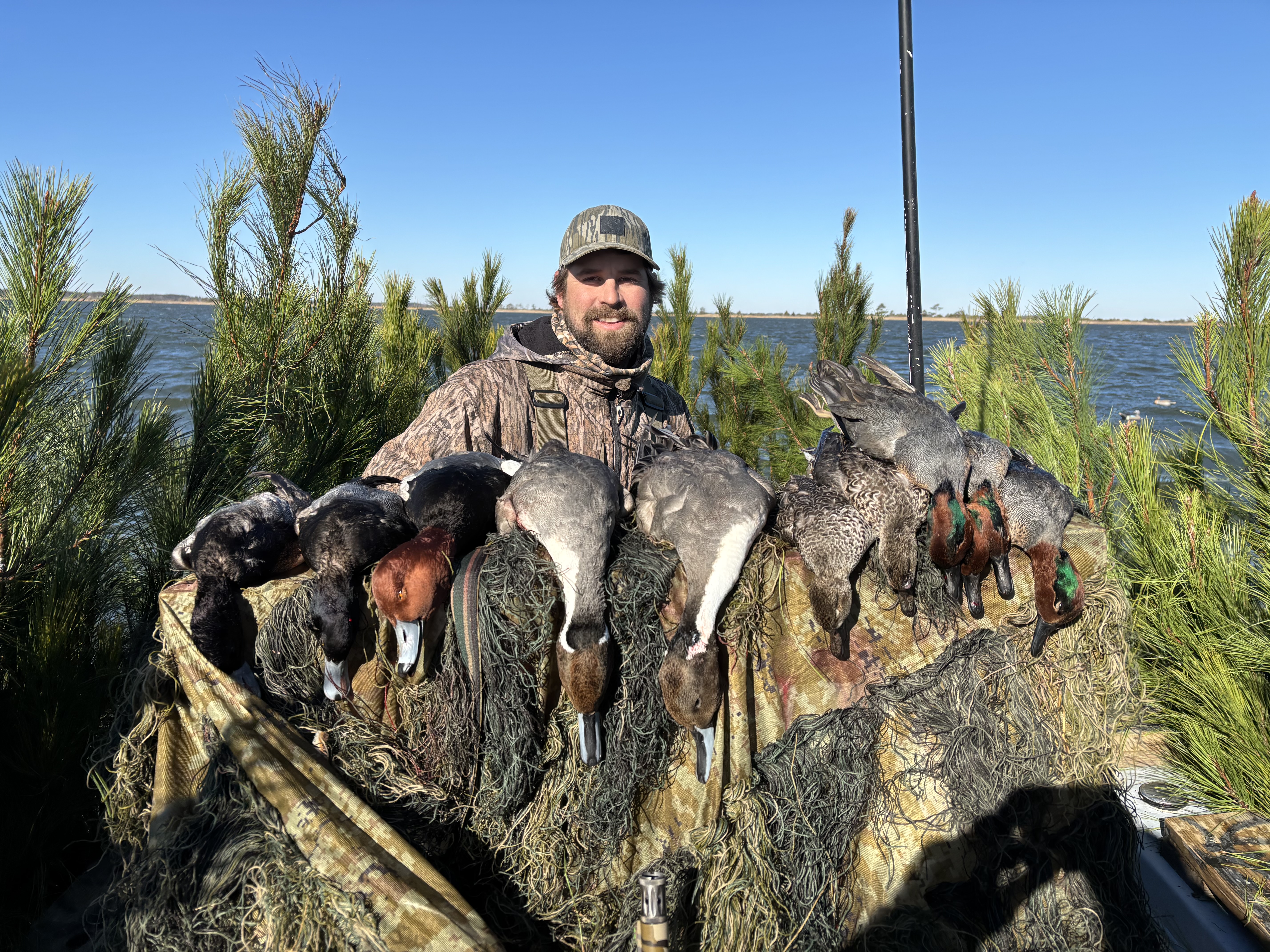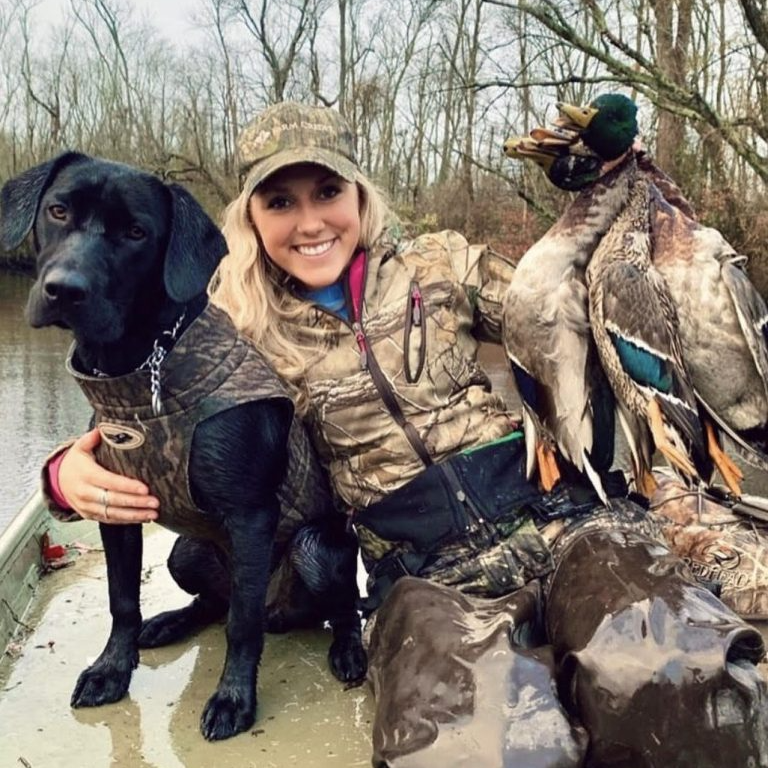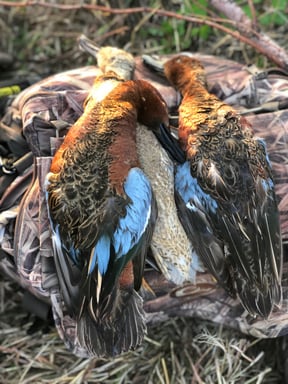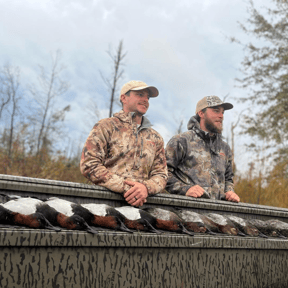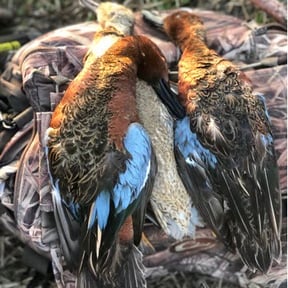Matagorda Duck Hunting
Aransas Pass Quacker Smacker
Texas Coast Cast And Blast
Duck Hunting
Duck, Upland, Dove in José Silva Sánchez
Ducks, Dove & Quail
Garwood TX Duck Hunts
Texas Variety Duck Trip
Matagorda Bay Duck Trip
Central Texas Duck Hunts
Open Water Scissor Rig Duck Hunts
We started Captain Experiences to make it easy to book fishing and hunting guides around the world. With over 2,000 Damn Good Guides, our platform makes finding and booking a trip seamless. Head here to check out our trips.
Amongst waterfowl hunters, Texas is known for its diversity of waterfowl. Not only does the Lonestar State have healthy populations of puddle ducks like much of the country, but it also has excellent populations of diver ducks and sea ducks because of its proximity to the Gulf Coast. Here we’ll discuss most of the duck species that call Texas home at one point or another.
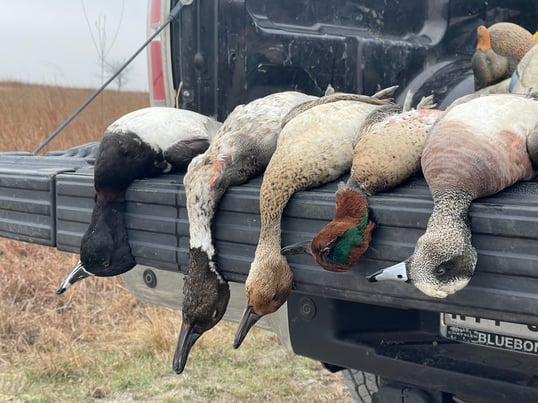
Texas Puddle Ducks
Puddle ducks are often found in shallow waterways and crop fields. They’re also sometimes called dabbling ducks. Their primary food sources are grains, seeds, and invertebrates.
The shape of their bill is the common characteristic of dabbling ducks; other than that, they can be large or small and are found in various colors and patterns.
Common dabbling ducks-
Black-bellied Whistling-Duck Fulvous Whistling-Duck Muscovy Duck Wood Duck Gadwall Eurasian Wigeon American Wigeon American Black Duck Mallard Mottled Duck Blue-winged Teal Cinnamon Teal Northern Shoveler White-cheeked Pintail Northern Pintail Green-winged Teal
Mallard
The Mallard is what the average person pictures in their mind when talking about ducks in general. They are moderate to large-sized ducks. They’re adaptable to their environment, so they’re found in various locations, from fields to ponds and marshes.
The drakes are easily identified with their large green head, yellow bill, orange feet, and fluorescent blue and purple wing patches. Greenheads is another popular name for these ducks.
Mallard hens are a little smaller than the drakes and have brown with fluorescent wing patches, orange feet, and yellow and black bills.
Pintail
Pintails are unmistakable and beloved by all waterfowlers because they’re much rarer than mallards. They’re also average to large-sized ducks. Pintails are typically found in fields and shallow water areas.
The drakes have a brownish-bronze head with a baby blue and black bill. The long tail feathers or sprigs on mature drakes are where they get their name.
The hens are smaller but with a similar bill shape. They’re brown with a pointy tail; however, they lack the long tail feathers of Pintail drakes.
Wigeon
Two species of Wigeon commonly found in Texas are the Eurasian Wigeon, which is the least common, and the more common American Wigeon. They’re medium-sized ducks most commonly found in fields and ponds.
The drake American Wigeon has a white mohawk with green eye patches and a bronze body. The Eurasian Wigeon drake has a whiteish patch on its reddish-brown head and a grey body.
The hens look very similar, but the main difference is American Wigeon hens are a lighter brown, and the Eurasian Wigeon hens are darker or reddish-brown.
Wood Duck
Arguably the prettiest duck found in Texas, as their name suggests, Wood Ducks are most often found in wooded marshes. However, I have shot some Woodies on a small pond, miles from the woods, but this was very random. They’re small to medium-sized ducks that are fun to hunt as they crash through the trees.
The drakes have a fluorescent green head, multi-colored bill, and a fluorescent multi-colored body. They’re easily identifiable because of their unique colors and features.The hens are brown with a grey head with a dark grey bill.
Gadwall
Gadwalls or grey ducks are the most underrated duck, in my opinion. Yes, they’re not the prettiest duck, but they have saved many of my hunts. They’re most common on ponds and other shallow water areas and are average-sized ducks.
The drakes are brown with a black bill and red, black, and white wing patches. The hens are also brown but have an orangeish black bill and only a little white on their wing patches.
Blue-winged Teal
Blue wings offer hunters an early start to the season as they typically come through in September. However, they’re much more challenging to identify at this time because they haven’t fully plummed. They’re small ducks that are most often found in shallow water marshes.
The drakes have a black bill and a dark-grey head with a white crescent patch. Their shoulder patches are baby blue, and their wing patches are white with green.
The hens are brown with a black bill. You can tell them apart from the drakes during the early season, but it’s tough when they’re in flight.
Green-winged Teal
Green wings typically come through during the regular season; however, you might encounter a few during the early teal season. They’re small ducks most often found in shallow water areas.
The drakes have a black bill and red head with green eyepatches and green wing patches.
The hens are brown with a black and orange bill and green wing patches. As the season progresses, it’s easy to identify between drakes and hens.
Texas Diver Ducks
The Lonestar State is also home to a wide variety of diver ducks. They tend to inhabit large bodies of deep water where they can dive to retrieve fish and mussels.
Canvasback Redhead Ring-necked Duck Greater Scaup Lesser Scaup Bufflehead Common Goldeneye Barrow’s Goldeneye Masked Duck Ruddy Duck
Canvasback
The King Can is held in high regard by most waterfowlers. They are average to large-sized ducks primarily found in areas with access to deep water.
The drakes have a black bill with a red head and white body.
The hens have a black bill with a brown head and light grey body. Immature drakes can be mistaken for hens, but drakes are typically larger.
Redhead
The Texas Coast is known for its redheads. These are medium-sized ducks that inhabit open water and the coastal areas of Texas. They’re known for diving and dubbing to feed.
Redhead drakes have orange eyes, a greyish blue bill, a red head, a black chest, and a grey body.
The hens are brown with a darker bill and brown eyes. They’re smaller than the drakes, as in most duck species.
Scaup
Greater and Lesser Scaup visit Texas each year. They look very similar and are found in the same locations, but there’s a simple way to identify each. They’re typically found in deep water areas where they feed.
One way to tell the difference is to compare their size. Greater Scaup drakes are larger than Lesser Scaup, and Greater’s or Bluebills have a fluorescent green head, while Lesser’s have a fluorescent purple almost black head.
Greater Scaup hens are brown with a white patch around their blue bill, while the Lesser Scaup hens are brown with a smaller white patch around their black bill.
Goldeneye
Two species of Goldeneye are regularly found in Texas. The Common Goldeneye and the Barrow’s Goldeneye. These small to medium-sized ducks inhabit the same deep water rocky bottom areas.
Drake Common Goldeneye have a fluorescent green head with a white circular cheek patch and black bill. Their body is white, and their back is black.
Drake Barrow’s Goldeneye look very similar to their Common Goldeneye cousins. The main differences are a purple fluorescent head, a larger white oval-shaped cheek patch, and a slightly different wing and back pattern.
The hens of both species look eerily similar, with a brown head, orange bill, and grey and black bodies. The main difference is Common Goldeneye hens are a little darker.
Ruddy Duck
One of the most unique ducks in Texas is the Ruddy Duck. These small ducks are found in marshes and deep water areas.
When fully plummed, the drakes are easily identified. However, they don’t get their full plumage at the same time as other duck species because they breed later in the year. They have a bright blue bill, white cheek patch, black head, and a red body. Besides their baby blue bill, their tail is their standout feature because it often sticks straight up.
The hens also have a unique tail, but they have a black bill and brown body. When the drakes are not fully plummed, they look like hens with a white cheek patch.
Texas Mergansers
Commonly mistaken for ducks, mergansers are technically not ducks but count as part of your duck limit in Texas. They’re similar to diver ducks in that they mostly eat fish and mussels, but they’re found in more environments.
Hooded Merganser Red-breasted Merganser Common Merganser
Hooded Merganser
Hooded Mergansers have a bad hair day every day. They’re found in most wetlands and are the size of a small to medium-sized duck.
The drakes have a white “hood” on their head, a black beak, a white chest, a brown body, and a black back.
The hens are all brown but have a brown “hood” with an orange and black beak.
Red-Breasted Merganser
If Hooded Mergansers have a bad hair day, Red-Breasted Mergansers have a terrible hair day. It reminds me of my kindergarten pictures when it was cool to spike my hair. These large duck-sized birds are most commonly found near deep water.
Red-Breasted drakes have a long orange pointy beak, a green head, a white neck, a brownish-red chest, and a black, white, and grey body.
The hens also have a slender orange beak, but they have a brownish-red head with a grey body.
Common Merganser
Common Mergansers are found in similar areas as Red-Breasted Mergansers and are also close in size.
The drakes have a bright orange bill, green head, and white body.
Common Merganser hens have an orange bill, a reddish-brown head, and a grey body.
Texas Duck Hunting Seasons
Texas duck season dates change yearly, so check the regulations for the exact dates.
You’ll see there are special hunts for youth and veterans that give these hunters even more opportunities to get into the blind.
The dates also vary depending on which zone you’re hunting. There are three zones, the High Plains Mallard Management Unit, the North Duck Zone, and the South Duck Zone.
Texas Duck Hunting Regulations
Even if you’re hunting with a waterfowl guide, you must be up-to-date on your waterfowl hunting regulations.
Knowing your daily limits and shooting times and ensuring you have all the needed licenses will save you lots of money when you encounter a game warden.
Cut’Em!
Texas is a diverse state and offers waterfowl hunters a wide diversity of species to hunt. There are many other species of waterfowl in Texas, but we’ll save those for another time.
If you’re new to duck hunting or plan to hunt a new way, it’s worth hiring a guide, like one of our damn good guides, to get the hang of it before adventuring out on your own. Plus, you don’t have to buy all the equipment or do all the scouting!
Joey Butrus
Updated on July 28, 2023

May 13, 2024
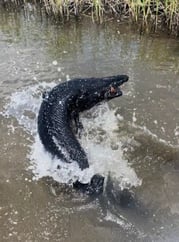
June 22, 2022
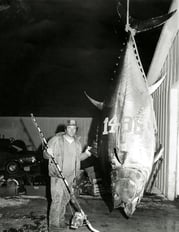
June 3, 2021

October 26, 2020

July 31, 2024
Related Articles
December 11, 2022
February 7, 2024
October 22, 2022
Featured Locations
- Fishing Charters Near Me
- Austin Fishing Guides
- Biloxi Fishing Charters
- Bradenton Fishing Charters
- Cabo San Lucas Fishing Charters
- Cancun Fishing Charters
- Cape Coral Fishing Charters
- Charleston Fishing Charters
- Clearwater Fishing Charters
- Corpus Christi Fishing Charters
- Crystal River Fishing Charters
- Dauphin Island Fishing Charters
- Daytona Beach Fishing Charters
- Destin Fishing Charters
- Fort Lauderdale Fishing Charters
- Fort Myers Fishing Charters
- Fort Walton Beach Fishing Charters
- Galveston Fishing Charters
- Gulf Shores Fishing Charters
- Hatteras Fishing Charters
- Hilton Head Fishing Charters
- Islamorada Fishing Charters
- Jacksonville Fishing Charters
- Jupiter Fishing Charters
- Key Largo Fishing Charters
- Key West Fishing Charters
- Kona Fishing Charters
- Lakeside Marblehead Fishing Charters
- Marathon Fishing Charters
- Marco Island Fishing Charters
- Miami Fishing Charters
- Montauk Fishing Charters
- Morehead City Fishing Charters
- Naples Fishing Charters
- New Orleans Fishing Charters
- New Smyrna Beach Fishing Charters
- Ocean City Fishing Charters
- Orange Beach Fishing Charters
- Panama City Beach Fishing Charters
- Pensacola Fishing Charters
- Pompano Beach Fishing Charters
- Port Aransas Fishing Charters
- Port Orange Fishing Charters
- Rockport Fishing Charters
- San Diego Fishing Charters
- San Juan Fishing Charters
- Sarasota Fishing Charters
- South Padre Island Fishing Charters
- St. Augustine Fishing Charters
- St. Petersburg Fishing Charters
- Tampa Fishing Charters
- Tarpon Springs Fishing Charters
- Venice Fishing Charters
- Virginia Beach Fishing Charters
- West Palm Beach Fishing Charters
- Wilmington Fishing Charters
- Wrightsville Beach Fishing Charters
